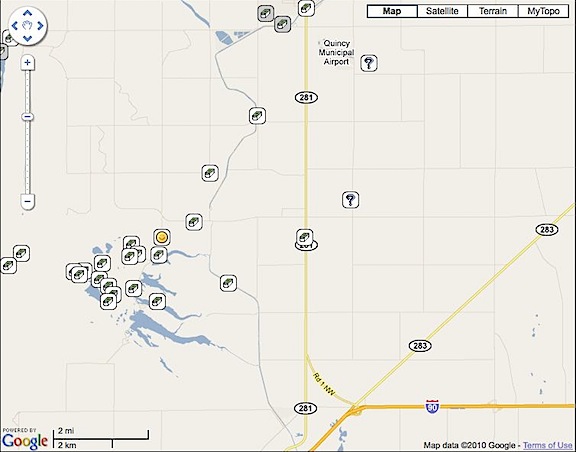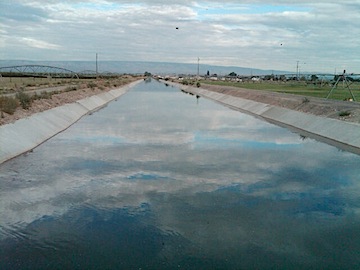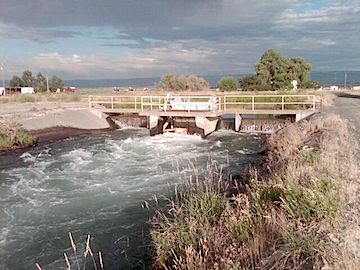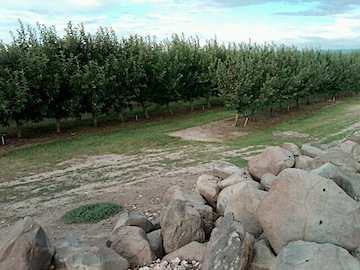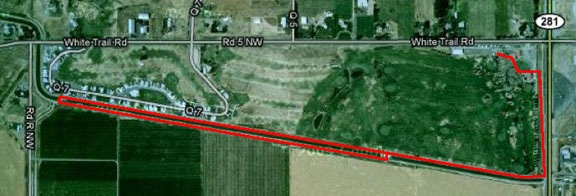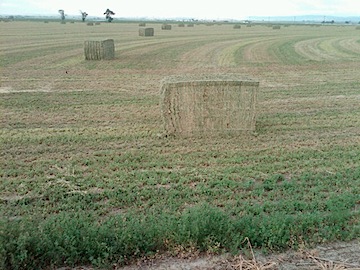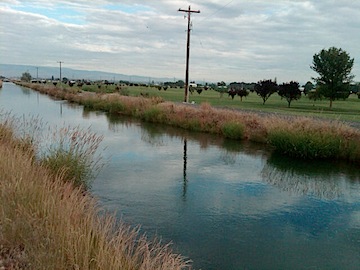Unhappily sitting on the fence; here’s why.
A while back, I wrote “Why I Suspended my Facebook Account.” I just reread it and it still rings true. But Facebook has again gotten in my face and I need to make a decision.
Facebook has proliferated to the point where it’s impossible for anyone in business — especially the business of writing computer-related content — to ignore. It’s everywhere. “Friend me on Facebook!” has become the robotic chant of businesses and individuals all over the country. I have tried to play the part of South Park’s Stan but Facebook continues to intrude on my life.
Recently, I discovered that Facebook had created a community page for me based on my Wikipedia entry. The opening paragraph states:
Our goal is to make this Community Page the best collection of shared knowledge on this topic. If you have a passion for Maria Langer, sign up and we’ll let you know when we’re ready for your help. You can also get us started by suggesting the Official Facebook Page.
So I have become a Facebook “topic.” I don’t know if I should be flattered or horrified.
(And, by the way, if you have “a passion” for me, I’d love to know. My husband might be interested, too.)
My Current Career Situation
Meanwhile, my dual careers as the creator of how to books, articles, and video training material about computers (which I’ve been doing for 20 years) and helicopter charter operator (which I’ve been doing for 5 years) are suffering along with the economy.
Print publishing — especially of computer how-to material — is dying a slow and painful death. The widespread availability of the same content — usually for free — on the Internet is destroying book sales. Just about anyone can use Google to find the answer to a computer or software question online. (That doesn’t mean the answer will be right, but that doesn’t seem to matter to anyone.) There are numerous blogs, including one of mine, that provide how-to information with the same step-by-step instructions I built my writing career on for free.
This is what publishers are competing with. They know it and they try to fight back by stressing the simple fact that their content is being created by experts. But no one seems to care. Why spend $20 on a book that might answer a question when you can spend 20 minutes with Google and the World Wide Web and get an answer for free?
As a result, most of my books are not being revised. The most recent casualty to this trend was my Excel for Windows Visual QuickStart Guide which I have been revising since I wrote the first edition for Excel 95. Look all you want for an Excel 2010 edition — you won’t find one.
The world of helicopter charters is even more shaky with the economy the way it is. My last season in Arizona was dismal, with very few good charters — certainly not enough to pay the bills. The agricultural work I do during the summer months is a lifesaver for the business. Without it, I’d likely have to sell the helicopter and close up shop.
And I’m not the only one in this situation. Helicopter operators and flight schools have gone out of business all over the country. Most people simply don’t have money to spend on things they don’t really need. Who needs to fly in a helicopter? Very few people.
Enter, Facebook
 And then there’s Facebook, sitting out there, presenting itself as a free way to make contact with potential readers, video learners, and helicopter passengers. A marketing tool, waiting to be used. Like a worm sitting on the grass, waiting for the a bird to snatch it. But is there a string attached that will drag me down into a hole?
And then there’s Facebook, sitting out there, presenting itself as a free way to make contact with potential readers, video learners, and helicopter passengers. A marketing tool, waiting to be used. Like a worm sitting on the grass, waiting for the a bird to snatch it. But is there a string attached that will drag me down into a hole?
I could reactivate my Facebook account. It’s easy. All I have to do is log in. Everything is there, just where I left it.
Of course, I did strip out all my personal information — or whatever information I could — to prevent it from getting into the hands of people I didn’t want to have it. I’d have to build that back up, selectively, to make a real profile page.
Then I’d have to build pages for each of my careers, keeping them up to date. I’d have to visit them regularly to keep in touch with my new “friends” and respond to their comments on my “wall.” I’d have to accept friend requests from strangers and then struggle to figure out which ones were real people and which were spammers trying to sell me their crap. I’d have to find new people to friend. I’d have to post on my wall and their walls. I’d probably have to fiddle around with the never-ending collection of applications, trying to figure out what they do, how they work, and why I should use them. I’d have to build a presence for myself on Facebook, in a community I have no desire to be part of.
I’d be going through the motions just to satisfy fans and mollify editors. I’d be playing the game because it was expected of me. I’d be spending hours of my life every week on a marketing tool that might get me a handful of new readers and video learners but would more likely expand the audience for the free content I already put on the Web.
Time is one of the most valuable things I have. My freelance lifestyle gives me more time than most people have. But I don’t want to waste it. I’d much rather spend it on things that are important to me, learning or doing something interesting, something worth remembering, worth writing about, worth sharing.
Is Facebook any of that?
There’s more to my life than writing on virtual walls and tending to imaginary farm fields.
I don’t want to sell out.

 A friend of mine who also writes computer books bought a Flip video camera a few years back when they were still pretty new. If you’re not familiar with Flip, it’s a very small, point-and-shoot video camera that captures an hour of medium resolution — good enough for Web, anyway — video. (Newer versions are “HD” and capture 2 hours.) She went out with this camera, shot a bunch of video clips, strung them together in a “movie” using the Flip software, and published them to the Web. She then tweeted proudly about her achievement and invited friends to view it.
A friend of mine who also writes computer books bought a Flip video camera a few years back when they were still pretty new. If you’re not familiar with Flip, it’s a very small, point-and-shoot video camera that captures an hour of medium resolution — good enough for Web, anyway — video. (Newer versions are “HD” and capture 2 hours.) She went out with this camera, shot a bunch of video clips, strung them together in a “movie” using the Flip software, and published them to the Web. She then tweeted proudly about her achievement and invited friends to view it. And then there’s Facebook, sitting out there, presenting itself as a free way to make contact with potential readers, video learners, and helicopter passengers. A marketing tool, waiting to be used. Like a worm sitting on the grass, waiting for the a bird to snatch it. But is there a string attached that will drag me down into a hole?
And then there’s Facebook, sitting out there, presenting itself as a free way to make contact with potential readers, video learners, and helicopter passengers. A marketing tool, waiting to be used. Like a worm sitting on the grass, waiting for the a bird to snatch it. But is there a string attached that will drag me down into a hole?